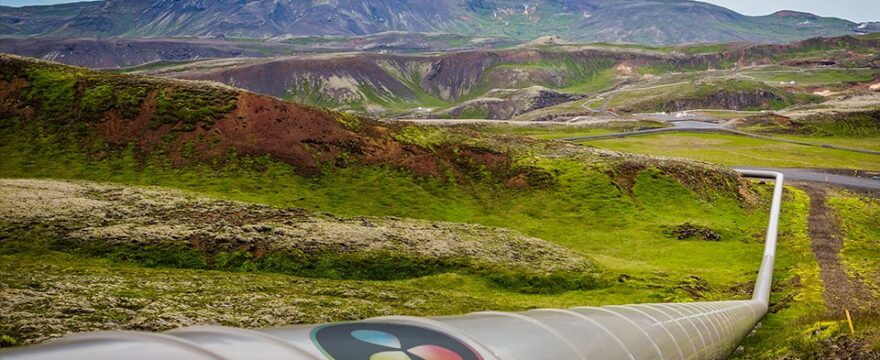You can combine Edit, Fusion, and Color effects in Resolve with a lot of flexibility. This includes using color tools before entering Fusion or supplying Fusion masks to the color page.
Too much flexibility is not always a good thing and can cause confusion. But each flow of image processing that Resolve offers, does have a purpose.
In general, your options to enter Fusion are:
- Create a blank Fusion clip.
- Bring an existing timeline clip into Fusion.
- Create an adjustment clip on top of any existing clips.
- Create a Fusion composition from one or multiple timeline clips.
Coming out of Fusion, you can use multiple MediaOut nodes to send different images to the color page. Technically that would allow you to do compositing in the color page. But the most common scenario is to supply a Fusion mask to the color page.



Thank you Bernd and I really like your new pipeline Intro. It conveys the power, structure and “simplicity” of Fusion.
Would you demonstrate the effect of different color spaces when working with these signal flows.
YRGB Davinci Resolve vs
YRGB Davinci Resolve Color Managed timelines.
And inMedia Timeline which is Rec 709 2.4 with photos using SRGB
Thanks Olaf
Thank you for the tutorial on that topic.
It gave some extra insight especially that you have to set color space for each of the 5 viewers separately, that the inspector does not respect it and that the other inputs besides media-in needs that attention, too.
Best, Olaf
I recently added some tutorials on linear workflow, DaVinci Resolve Color Management and Aces (3 tutorials in total) that might help you here. Have a look at this and see the links inside: https://vfxstudy.com/tutorials/linear-workflow/